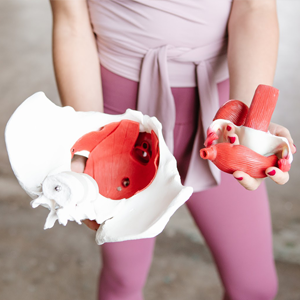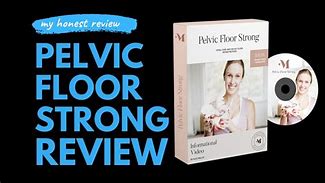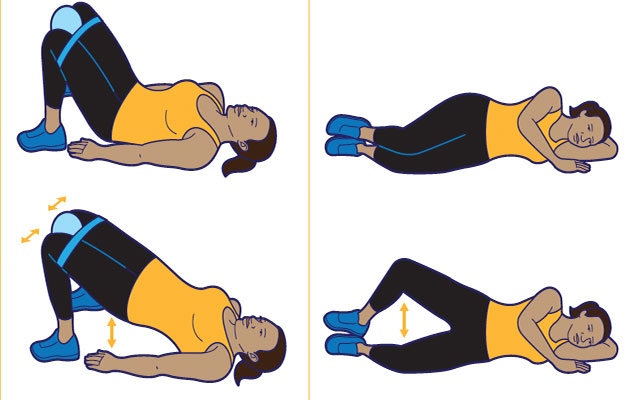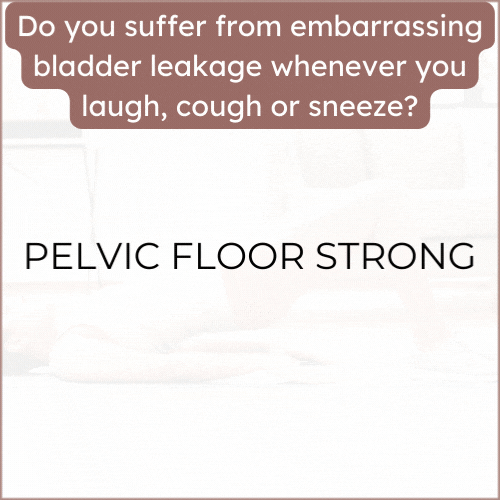Pelvic Floor Exercises for Women
When most people talk about kegel exercises, you often hear the words, “you’re just supposed to squeeze!” But what exactly are you supposed to be squeezing? It’s easy (and common) to think you’re squeezing your pelvic floor muscles when you may be squeezing other sphincter muscles that are in close proximity to your pelvic floor. Because you can’t really touch or see your pelvic floor muscles like you can see and touch your bicep or calf muscles, how do you know you’re squeezing the correct muscles?
How to Know if You’re Using the Right Muscles
Typically, individuals are told that if they stop their flow of urine midstream, that is how they can find and identify their pelvic floor muscles. Don’t do this! Stopping your urination mid-stream will only train your bladder to not empty completely. This can lead to various urinary and bladder issues such as urinary incontinence.
Although it can be difficult to find these muscles, there are ways to safely and accurately identify them. If, after trying the below method, you are still concerned that you’re not squeezing the correct muscles, a pelvic floor physical therapist can assist you in identifying your pelvic floor muscles, in addition to addressing any other pelvic floor concerns you may have.
If you have female anatomy, you can identify your pelvic floor muscles by placing a finger into your vagina and trying to squeeze your finger with your pelvic floor muscles. It is helpful to try to squeeze and lift your finger towards your belly button. The squeezing and lifting motion can specifically target your specific pelvic floor muscles.
In those with male anatomy, you can identify your pelvic floor muscles by sitting on your hand and attempting to lift your scrotum to your belly button. The muscles used to perform this motion are your pelvic floor muscles. Another way for men to identify which muscles are connected to the pelvic floor is to imagine you are holding in gas. These muscles, used to prevent passing wind, are also part of the pelvic floor.
Benefits of Pelvic Floor Muscle Training
There are various benefits to maintaining a healthy pelvic floor. If you experience symptoms of incontinence, for example, your pelvic health can directly relate to your symptoms - both positively and negatively. Stress incontinence, which can be caused by weak pelvic floor muscles, is often characterized by urine leakage caused by sneezing, exercising, or laughing. Urge incontinence, which can be caused by tight pelvic floor muscles, is often identified by frequent, sudden urges to urinate. Maintaining a healthy regimen of pelvic floor exercises or stretches can greatly improve incontinence symptoms over time.
Additional benefits to regular pelvic floor training include decreased risk of pelvic organ prolapse and constipation, as well as improved sexual function and overall sexual health.
At What Age Should I Start Doing Pelvic Floor Exercises?
This may surprise some, but we recommend starting pelvic floor muscle training as early as puberty. For those with female anatomy, puberty is a time where inserting tampons or menstrual cups into the vagina can sometimes be difficult or uncomfortable. When this insertion is accompanied with pelvic pain, for women of any age, this can be an issue with the pelvic floor. Because of this, we recommend beginning pelvic floor muscle exercises at puberty. It is important to talk to children about every part of their bodies, even their pelvic floors. Keeping open lines of communication with children can ensure that any issues involving pelvic floor dysfunction can be addressed and treated.
Pelvic Floor Exercises
Did you know that you can blend pelvic floor exercises, or kegels, into other exercises that you may already have in your exercise routine? It’s true! There are many exercises that can incorporate the pelvic floor. Because the pelvic floor muscles are similar to your abdominal muscles, you can even exercise them every day. However, it is important to note that your pelvic floor muscles can get sore, and it may not feel like typical soreness that you are familiar with. Pelvic floor soreness can feel like heaviness or pressure in the lower abdomen and genitals.
Once you establish a routine with your pelvic floor exercises, it is good practice to continue exercising the muscles to the point of fatiguing the muscle, without experiencing extreme discomfort. As far as reps are concerned, a good place to start is doing 3 sets of 10 reps. If you begin the second set of exercises, and you’re struggling to continue, it is more than okay to take a break! If you take a break between sets, try to remember to come back at a later time to continue where you left off.
The optimal number of kegel squeezes per day is 100 squeezes, but we recognize that this may not be feasible for many individuals. Any amount you can do each day is great for your pelvic floor, so don’t worry if you can’t reach 100 per day. If you’re experiencing symptoms of incontinence or other bladder control issues, improvement of symptoms can take up to six weeks after beginning consistent pelvic floor exercises. If symptoms worsen or do not improve in six weeks, we recommend that you see a pelvic floor physical therapist.
Squats
Yes, you can engage your pelvic floor muscles when you squat! To properly squat, begin by standing with your feet shoulder-width apart. Your toes should be pointed straight forward with your arms comfortably in front of you. Send your hips back while lowering your body to the ground. Pause when your thighs are parallel to the floor while keeping your chest up. Squeeze your pelvic floor muscles as you lift back up into your starting position. It is important to have proper form, ensuring the knees do not bend past your feet. You can also add a dumbbell or kettlebell to your squat to increase the intensity.
Bladder Control Products Through Medicaid
There are many different exercises that engage the pelvic floor muscles, but the above exercises are a great place to start. Remember, even if you only can do a few pelvic floor exercises each day, that is something to be proud of!
If you need extra protection in addition to your pelvic floor exercises, you may be eligible to receive bladder control products at no cost through your insurance. Check your eligibility through our easy 2-step form, and one of our Continence Care Specialists will contact you in 1-2 business days with an update on your coverage.

































